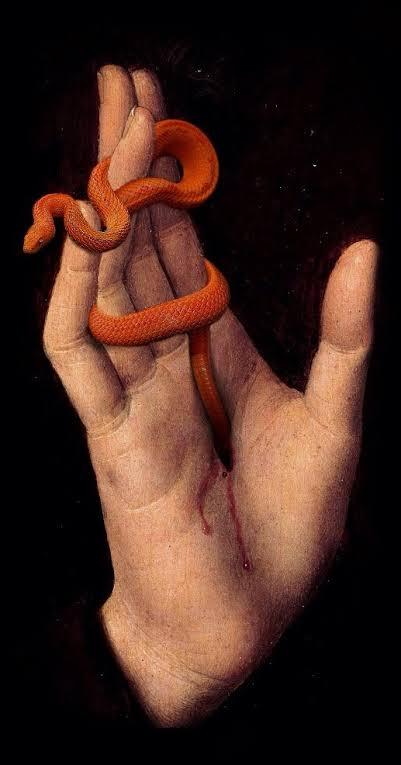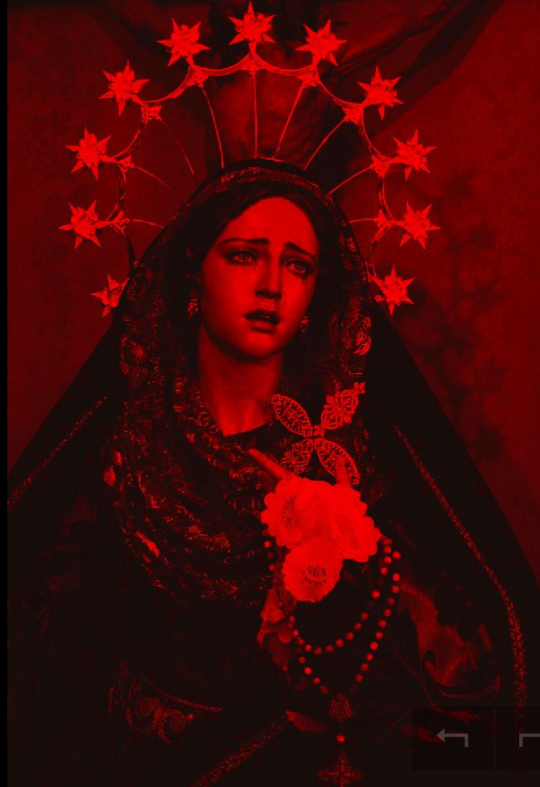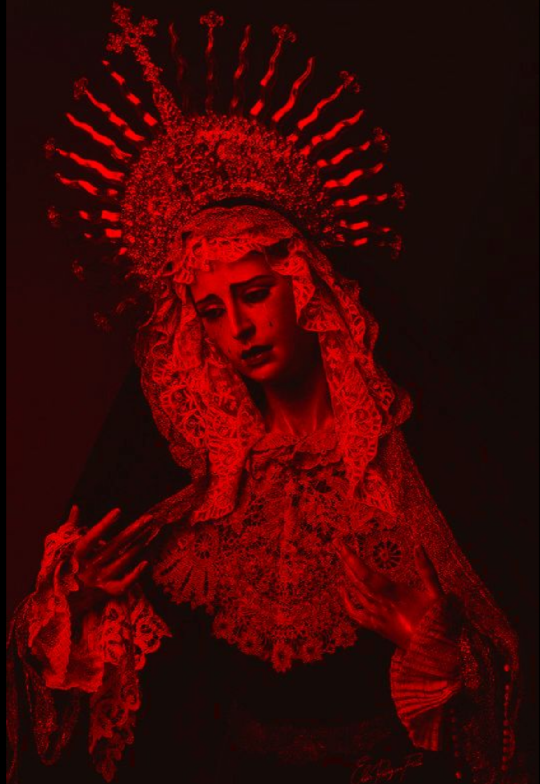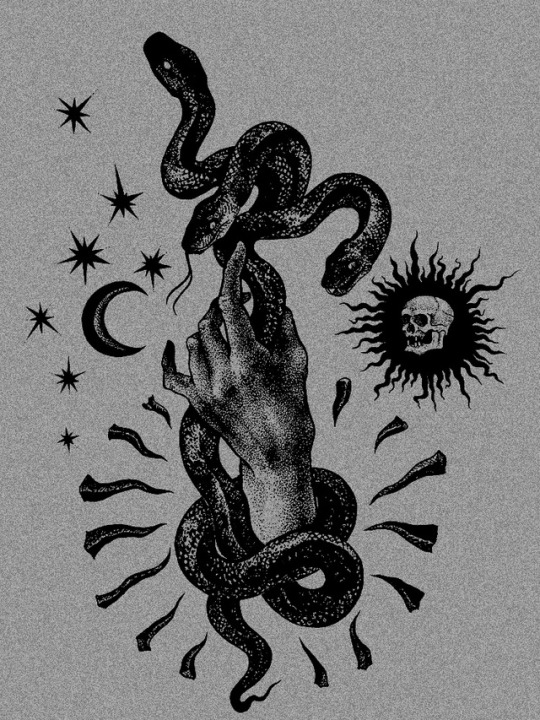Don't wanna be here? Send us removal request.
Text










Santiago - Chile, Marzo 07 del 2020 Fotografo: Juan C García
126 notes
·
View notes
Text

Nunca le tuve miedo a la oscuridad.
Sin embargo, un día antes de la rebelión, mi papá decidió enseñarme quién era mi enemigo.
Me contó que vivía en las tinieblas, en la oscuridad, que se apoderaba de los seres temerosos y amaba hacer sufrir a los siervos del mesías.
La caravana de mí y mis miedos comenzaba cuando luego de cepillarme los dientes, mis pies pequeños iniciaban su marcha al portal de mi habitación. Un pasaje a la perdición donde la boca grande de satanás esperaba para hacer de mi mente su cena.
0 notes
Photo


Kathleen Gilje, Susanna and the Elders Restored and Susanna and the Elders Restored - X-ray, 1998. Oil on Canvas.
“Ars est celare artem,” (Real) art is to conceal art. -Ovid (43 BCE - c.18 CE)
With her experience as a conservator, Kathleen Gilje is familiar with the practice of taking X-rays of a painting in order to see any changes an artist may have made to the underpainting of a work. Using this technique Gilje simultaneously references both Gentileschi’s painting and her biography. This intertexual piece requires that the viewer know the story of Susanna as well as the story of Gentileschi’s rape and trial. Click here for a video of Gilje’s detailed explanation of the work and the references it makes.
2K notes
·
View notes
Text

#chicagoboys #chile
Así que, después de hacerse un látigo de cuerdas, los echó a todos ellos del templo, junto con las ovejas y las reses vacunas, y desparramó las monedas de los que cambiaban dinero y volcó sus mesas. Y a los que vendían palomas les dijo: “¡Quiten todo esto de aquí! ¡Dejen de convertir la casa de mi Padre en un mercado!”
Fuera Chicago Boys (saqueadores y cómplices) del Templo de Dios (la gente y su tierra)
0 notes
Photo


CULT CLASSICS: CRIMSON FAMILY FELLOWSHIP - photographer: Mert Alas & Marcus Piggott - stylist: Edward Enninful - hair: Shay Ashual - makeup: Isamaya Ffrench - set designer: Andrea Stanely - casting director: Erin Simon - nail: Naomi Yasuda - W Magazine August 2016
models: Issa Lish, Daan van der Deen, Ava McAvoy, Katie Moore, Kris Gottschalk, Tamy Glauser, Mia Rae, Greta Varlese, Grace Bol, Lexi Boling, Joan Smalls, Jamie Bochert, Cameron Kelley, Karen Elson, Fei Fei Sun
featured designers: Marni - Hood by Air - Off-White c/o Virgil Abloh - Chanel - Simone Rocha - Burberry
232 notes
·
View notes
Photo


Enguerrand Quarton, Pietà de Villeneuve-lès-Avignon, c.1460, tempera and gold on walnut wood, 162 × 218 cm. Musée du Louvre
Enguerrand Quarton (also Charton, or Charonton) (c.1410 – c.1466) was a French painter and manuscript illuminator whose few surviving works are among the first masterpieces of a distinctively French style, very different from either Italian or Early Netherlandish painting. Six paintings by him are documented, of which only two survive, and in addition the Louvre now follows most art historians in giving him the famous Avignon Pietà.
Quarton was born in the diocese of Laon in northern France, but moved to Provence in 1444, possibly after working in the Netherlands. There he worked in Aix-en-Provence, Arles in 1446, and Avignon, where he was based from 1447 until his death there in about 1466. Provence at that time had some of the most impressive painters in France, to judge by surviving work at any rate, with Nicolas Froment and Barthélemy d'Eyck, who both appear to have collaborated with Quarton. All were influenced by both Italy and the Netherlands to varying degrees.
The Pietà, where the dead Christ is supported by his grieving mother, is one of the most common themes of late-medieval religious art, but this is one of the most striking depictions. The curved back form of Christ’s body is highly original, and the stark, motionless dignity of the other figures is very different from Italian or Netherlandish depictions. Before the painting was generally attributed to Quarton, some art historians thought the painting might be by a Catalan or Portuguese master. The bare background landscape falls away to a horizon broken by the buildings of Jerusalem, but instead of a sky there is plain gold leaf with stamped and incised haloes, borders and inscriptions. The clerical donor, portrayed with Netherlandish realism, kneels to the left. The painting came from Villeneuve-lès-Avignon, just across the Rhône from Avignon, and is sometimes known as the “Villeneuve Pietà”.
81 notes
·
View notes
Photo

Robin Isely - Man of Sorrows (Hans Memling detail)
3K notes
·
View notes
Photo

Witches Sabbath, 1789, Francisco Goya
Medium: oil,canvas
493 notes
·
View notes
Text
0 notes









